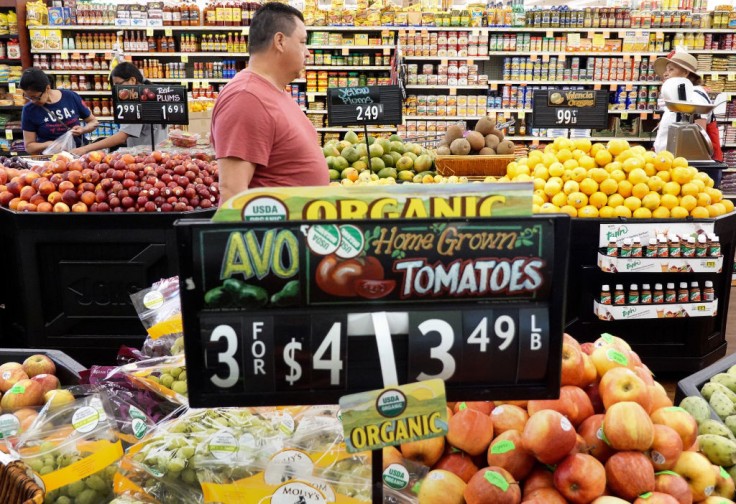
Navigating the aisles of our favorite grocery store, we often come across terms on food packaging that make us scratch our heads in confusion.
Phrases like 'Best Before' and 'Use By' prominently stand out, but what do they really mean?
As conscientious consumers, understanding food labels is crucial to ensuring we're feeding ourselves and our families safely.
Let's delve deep into the nuances of these labels, touching upon the expiration date and the overall importance of food product dating.
Understanding Food Labels
Date markings aren't linked to the safety of products; they denote their optimal quality. A date mark signifies the final day a product is believed to be of its best quality.
Due to misconceptions about date markings, US consumers are erroneously discarding food worth $32 billion. To curb this wastage, the FDA offers precise instructions to producers on labeling dates and educates consumers on accurate interpretations.
Manufacturers provide these dates to convey when the product is expected to remain at its peak quality. Consuming products after these dates might not always be harmful, but there might be a notable decline in taste, texture, or overall freshness.
"Best Before" Date
The term 'Best Before' is primarily about quality. When you see this on a product, it's the manufacturer's estimate of when the item might start to degrade in taste or texture.
After this date, the product may not taste as fresh, or its texture might change, but it doesn't necessarily mean that the food is unsafe to eat. For instance, a bag of chips might lose its crunch or a box of cereal might become slightly stale.
Remember:
'Best Before' is not a safety warning.
Consuming products after this date might lead to a decline in the intended experience but usually won't harm you.
"Use By" Date
In contrast, the 'Use By' date is the end of the estimated period within which the product remains safe to consume and retains its intended properties. This date is a strict deadline, especially for perishable products like meat, dairy, and fresh produce. Consuming products after the 'Use By' date can be risky, as harmful bacteria might have had enough time to grow to unsafe levels.
Key points:
Always adhere to the 'Use By' date for safety.
Even if the product looks or smells fine, it's better to err on the side of caution and not consume it after this date.
Expiration Date
While 'Best Before' and 'Use By' dates are common, some products also carry an 'Expiration Date.'
This date is the final day that a product is expected to maintain its full potency and safety. It's commonly found on items like over-the-counter medications and vitamins.
Though it might seem similar to 'Use By,' it's vital to differentiate between the two, especially when it comes to non-food items.
Read Also: Mindful Nutrition: 6 American Foods Japanese Nutritionists Discourage Serving To Children
Importance of Food Product Dating
By now, it's evident that food product dating serves as a valuable guide for consumers. These labels:
Ensure Quality: They help us enjoy products at their peak freshness.
Promote Safety: Especially 'Use By' dates, which alert us to potential health risks.
Reduce Waste: Understanding these labels can prevent premature disposal of products that are still good to eat.
Tips for Safe Feeding
Store Products Properly: Ensure that products are stored according to the instructions on the label. Proper storage can extend a product's life.
Rotate Your Stock: Use older items first to ensure you're consuming them within the recommended dates.
Trust Your Senses: If a product looks, smells, or tastes off, it's better to be safe and discard it, regardless of the date on the package.
Deciphering the terms on food packaging needn't be a puzzling task.
With a clear understanding of food labels like 'Best Before,' 'Use By,' and 'Expiration Date,' you're well-equipped to make informed choices, ensuring both optimal taste and safety.
Remember, while these dates are useful guidelines, always trust your senses and use common sense when deciding to consume or discard a product. Safe feeding begins with informed choices.
Related Article: Creating a Positive Food Environment: 7 Toxic Phrases To Avoid When Raising Healthy Eaters